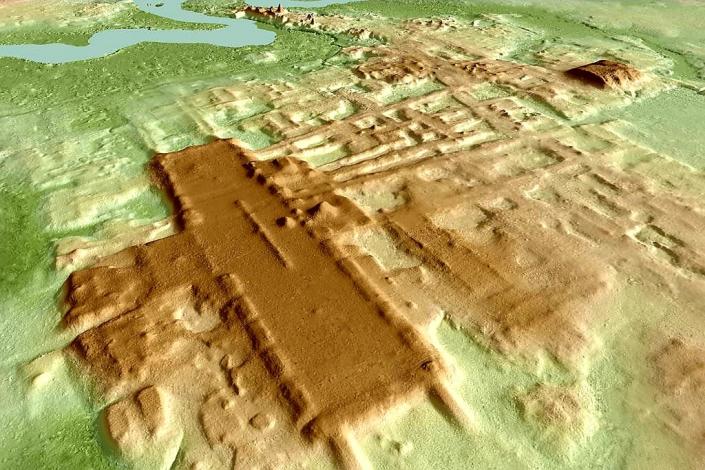
According to archaeologist Ivan Šprajc and colleagues, an aerial laser-mapping method known as light detection and ranging, or lidar, has revealed the astronomical orientations of 415 ceremonial complexes spanning from around 1100 B.C. to A.D. 250. The researchers wrote in Science Advances on January 6 that most ceremonial sites were aligned on an east-to-west axis, correlating to sunrises or other astronomical occurrences on certain days of a 260-day year.
The discovery relates to the oldest indication of a structured calendar system in the Americas that integrated celestial knowledge with terrestrial buildings. This technique used celestial events to determine major dates throughout a 260-day period.
The 260-day cycle emerged in Mesoamerica's oldest known monumental complexes and was used for arranging seasonal, subsistence-related rites, Šprajc of the Slovenian Academy of Sciences and Arts' Research Center in Ljubljana explains.
Some of the earliest lidar-identified ceremonial complexes certainly belong to the Olmec culture, while others are difficult to categorize, according to archaeologist Stephen Houston of Brown University in Providence, R.I., who did not take part in the current study.












